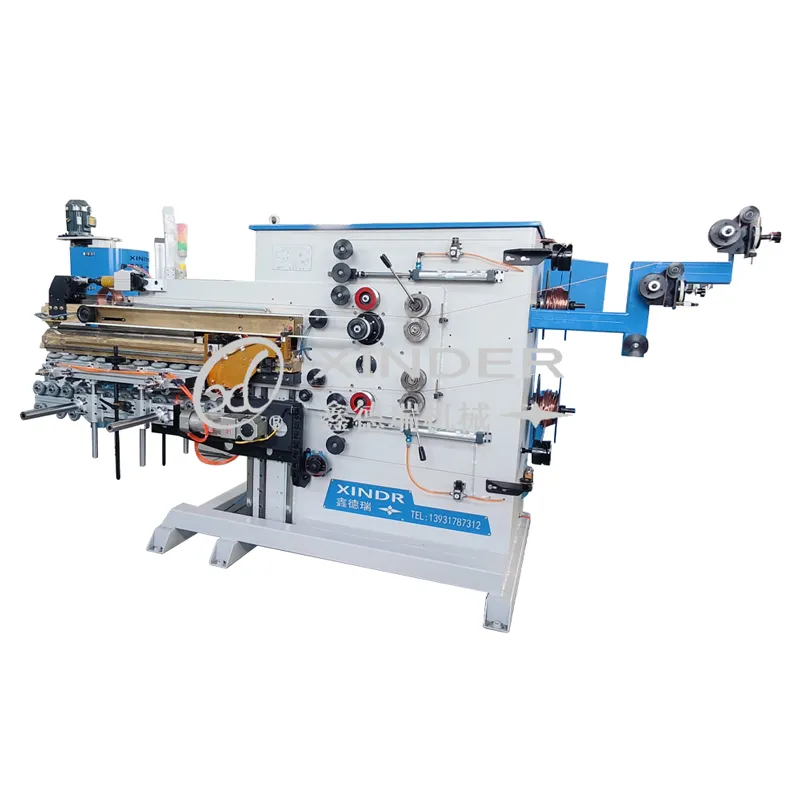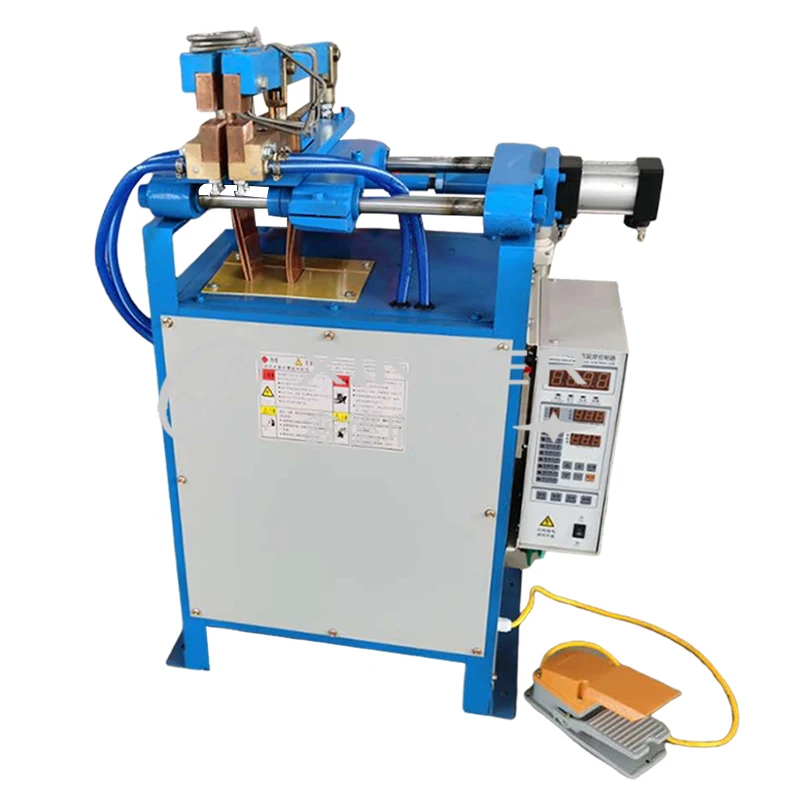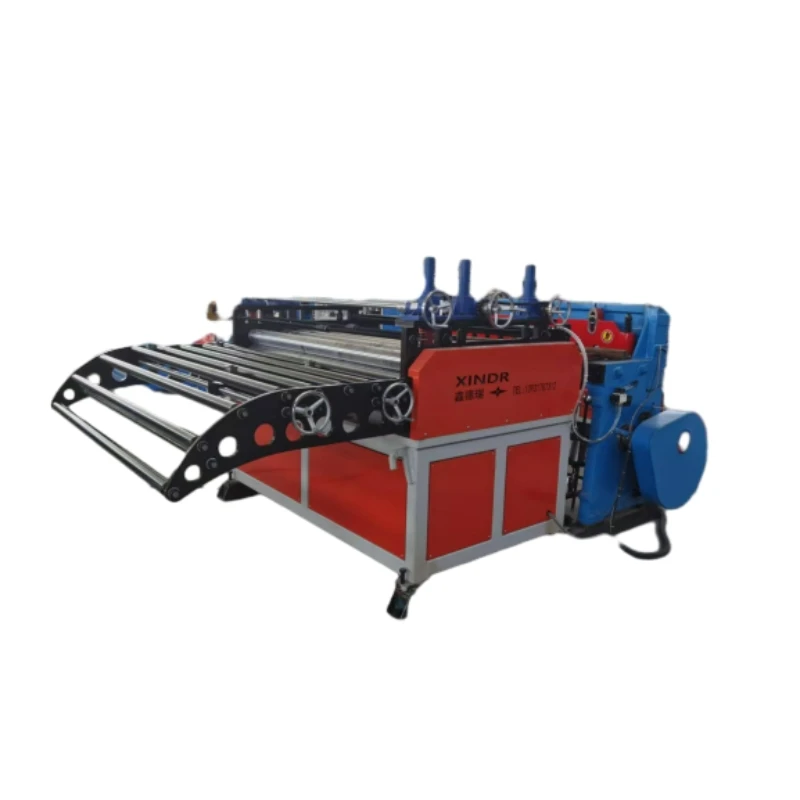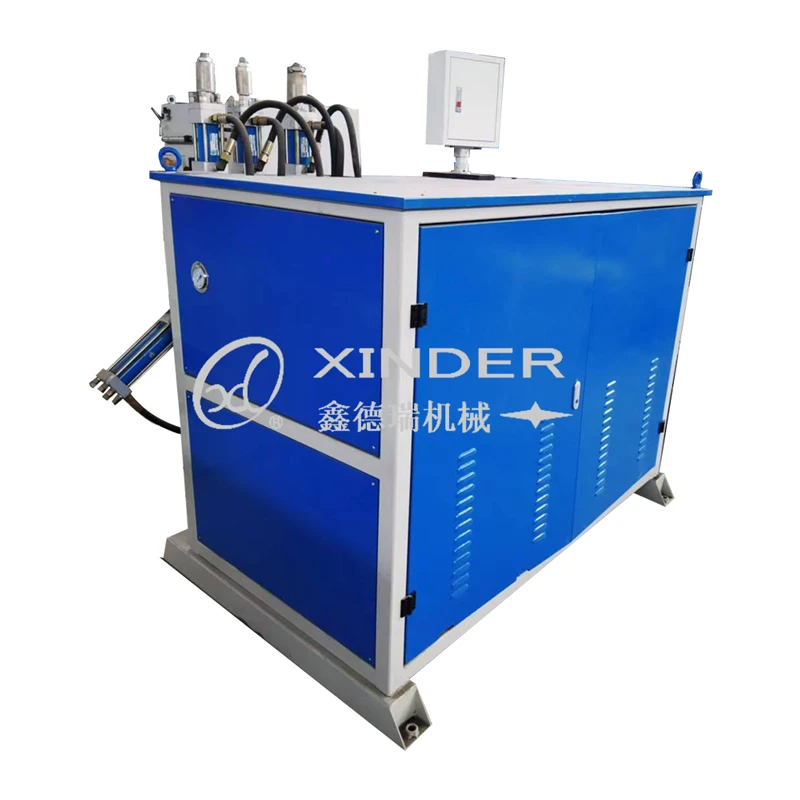-
 8613931787312
8613931787312 -
 Botou Industrial Zone on the east side of National Highway 104, Botou City, Hebei Province
Botou Industrial Zone on the east side of National Highway 104, Botou City, Hebei Province
- Afrikaans
- Albanian
- Amharic
- Arabic
- Armenian
- Azerbaijani
- Basque
- Belarusian
- Bengali
- Bosnian
- Bulgarian
- Catalan
- Cebuano
- Corsican
- Croatian
- Czech
- Danish
- Dutch
- English
- Esperanto
- Estonian
- Finnish
- French
- Frisian
- Galician
- Georgian
- German
- Greek
- Gujarati
- haitian_creole
- hausa
- hawaiian
- Hebrew
- Hindi
- Miao
- Hungarian
- Icelandic
- igbo
- Indonesian
- irish
- Italian
- Japanese
- Javanese
- Kannada
- kazakh
- Khmer
- Rwandese
- Korean
- Kurdish
- Kyrgyz
- Lao
- Latin
- Latvian
- Lithuanian
- Luxembourgish
- Macedonian
- Malgashi
- Malay
- Malayalam
- Maltese
- Maori
- Marathi
- Mongolian
- Myanmar
- Nepali
- Norwegian
- Norwegian
- Occitan
- Pashto
- Persian
- Polish
- Portuguese
- Punjabi
- Romanian
- Russian
- Samoan
- scottish-gaelic
- Serbian
- Sesotho
- Shona
- Sindhi
- Sinhala
- Slovak
- Slovenian
- Somali
- Spanish
- Sundanese
- Swahili
- Swedish
- Tagalog
- Tajik
- Tamil
- Tatar
- Telugu
- Thai
- Turkish
- Turkmen
- Ukrainian
- Urdu
- Uighur
- Uzbek
- Vietnamese
- Welsh
- Bantu
- Yiddish
- Yoruba
- Zulu
Automatic Drum Welding Machine - High-Precision Seam Welding
The Evolution of Steel Drum Seam Welding: Precision and Automation in Industrial Manufacturing
In the dynamic landscape of industrial manufacturing, the integrity and reliability of container111s, particularly steel drums, are paramount. These drums serve as critical vessels for transporting a vast array of materials, from petroleum products and chemicals to food-grade liquids and pharmaceuticals. The foundational element ensuring their structural integrity and preventing leakage is the quality of their seam welds. This critical requirement has driven continuous innovation in welding technology, leading to the development of highly sophisticated machines. Among these, the drum welding machine stands as a cornerstone, transforming traditional fabrication processes into highly efficient and precise operations. Our focus today is on understanding the capabilities and advantages of the Steel Drum Seam Welding Machine, particularly in its automated configurations, which are redefining industry standards for containment and safety.
The transition from manual to automatic seam welding machine technology represents a significant leap forward in manufacturing efficiency and product quality. This evolution addresses the growing demand for increased production rates, consistent weld quality, and reduced operational costs. Modern drum welding solutions are engineered to handle various material thicknesses and drum sizes, providing robust, leak-proof seams essential for safety and compliance across diverse industries. Understanding the intricate technical parameters, application scenarios, and the underlying manufacturing processes of these machines is crucial for B2B decision-makers seeking to optimize their production lines and ensure the highest standards of product containment, ultimately safeguarding their supply chains and environmental responsibilities.
Current Industry Trends in Drum Welding Technology
The industrial sector is witnessing a strong drive towards greater automation and digitalization, and the drum manufacturing industry is no exception. Current trends in drum welding machine technology are heavily influenced by the principles of Industry 4.0, emphasizing smart manufacturing, predictive maintenance, and integrated production lines. Manufacturers are increasingly investing in machines that offer not just speed but also unparalleled precision and repeatability, minimizing material waste and rework. This focus on efficiency is complemented by a significant push towards energy conservation, with advanced welding power sources and optimized operational cycles reducing overall energy consumption and environmental footprint. Furthermore, the ability to handle a wider range of materials, including various grades of carbon steel and stainless steel, with consistent quality is becoming a key differentiator in a competitive market.
Another prominent trend is the customization and modularity of welding systems to meet diverse client needs. Businesses often require solutions tailored to specific drum sizes, material types, or production volumes. Modern automatic seam welding machine systems are designed with modular components, allowing for flexible configurations and easy integration into existing production setups. This adaptability extends to features like quick-change tooling, programmable logic controllers (PLCs), and user-friendly human-machine interfaces (HMIs), which simplify operation and reduce changeover times. The focus is firmly on delivering comprehensive solutions that not only perform the welding task with superior quality but also enhance overall operational efficiency and contribute to a more resilient and responsive manufacturing ecosystem, addressing the evolving demands of global supply chains.
Key Technical Parameters of Steel Drum Seam Welding Machines
Selecting the right drum welding machine requires a thorough understanding of its technical specifications, which directly impact performance, efficiency, and the quality of the final product. These parameters are crucial for optimizing production throughput and ensuring compliance with stringent industry standards. Below is a table outlining typical specifications for an advanced Steel Drum Seam Welding Machine, providing a benchmark for comparison and selection for businesses looking to enhance their drum manufacturing capabilities. It highlights the capabilities that contribute to consistent, high-integrity welds necessary for secure containment.
| Parameter | Specification |
|---|---|
| Applicable Drum Diameter Range | Ø300mm - Ø600mm (adjustable) |
| Applicable Drum Height Range | 600mm - 900mm (adjustable) |
| Material Thickness Range | 0.8mm - 1.5mm (carbon steel, stainless steel) |
| Welding Speed | 4-8 m/min (adjustable based on material) |
| Welding Method | Resistance Seam Welding (RSW) / TIG/MIG optional |
| Welding Current | 100-300A (adjustable) |
| Power Supply | 3 Phase, 380V/50Hz (customizable) |
| Compressed Air Requirement | 0.5-0.7 MPa |
| Control System | PLC with Touch Screen HMI |
| Overall Dimensions (Approx.) | 3000mm x 1500mm x 2000mm |
| Weight (Approx.) | 2500 kg |

These specifications highlight the robust capabilities of modern automatic seam welding machine technology. Parameters such as welding speed and material thickness range directly influence production capacity and versatility, making them crucial for ROI calculations. The integration of advanced control systems like PLCs with intuitive HMIs ensures ease of operation, precise process control, and minimal operator training. Furthermore, the design of these machines often incorporates features for quick changeover of tooling, allowing for efficient production of various drum sizes without extensive downtime. This adaptability is key for manufacturers serving diverse markets and product lines, ensuring that investments in a drum welding machine yield sustainable returns and operational flexibility.
Detailed Manufacturing Process for Steel Drum Seam Welding Machines
The manufacturing of a high-quality Steel Drum Seam Welding Machine involves a meticulously planned multi-stage process, leveraging advanced engineering and precision fabrication techniques. The foundational structure of the machine typically begins with robust steel plates and profiles, selected for their high tensile strength and durability. These components undergo precise cutting, often using CNC plasma or laser cutting machines, to achieve the exact dimensions required for the machine frame and critical moving parts. This is followed by intricate welding of the structural elements, ensuring a rigid and stable base that can withstand the substantial forces generated during the welding operation and maintain long-term alignment for consistent performance.
Key components such as the welding transformer, electrodes, and drive mechanisms are then integrated with precision. The electrodes, often made from high-conductivity copper alloys, are machined to precise tolerances to ensure optimal current delivery and minimal wear, critical for seam quality. For specialized applications, certain structural or operational parts might undergo processes like casting or forging to achieve specific mechanical properties or complex geometries that enhance performance and longevity. After initial assembly, critical alignment and calibration procedures are performed with highly sensitive instruments. This involves verifying the precise positioning of welding electrodes, the accuracy of the drum feeding mechanism, and the consistency of the welding pressure. Quality control extends throughout the process, with components inspected against rigorous standards such as ISO 9001 and ANSI specifications for material composition, dimensional accuracy, and structural integrity. The typical service life of such a well-maintained machine can exceed 15-20 years, a testament to robust design and quality manufacturing practices.

Beyond structural integrity, the sophisticated control system is paramount to the machine's operation. This typically involves a PLC (Programmable Logic Controller) for overall sequence control and a dedicated welding controller for precise regulation of welding current, voltage, and time. Electrical wiring, pneumatic systems, and cooling circuits are meticulously installed and rigorously tested for safety and performance under various load conditions. Every automatic seam welding machine undergoes a series of comprehensive factory acceptance tests (FAT), including trial runs with various drum sizes and materials, to confirm that it meets all design specifications and performance benchmarks. This stringent testing ensures that the machine consistently delivers high-quality, leak-proof welds, characterized by excellent mechanical strength and integrity, which is crucial for industries where secure containment and product safety are non-negotiable.
Application Scenarios and Strategic Advantages
The versatility of the Steel Drum Seam Welding Machine makes it indispensable across a wide spectrum of industrial applications where the secure containment of liquids and solids is non-negotiable. It plays a pivotal role in ensuring product integrity, safety, and regulatory compliance. Key sectors that extensively rely on these advanced machines include:
- Petrochemical Industry: For drums storing crude oil, refined fuels, lubricants, and various chemicals, ensuring leak-proof seams is vital for safety, environmental protection, and preventing costly product loss. The precision of an automatic seam welding machine guarantees the integrity required for transporting hazardous materials under strict regulations.
- Metallurgy: Drums are used for transporting metal powders, alloys, and processing chemicals. Robust welds are necessary to withstand the weight, potential abrasive nature, and chemical reactivity of these materials, ensuring safe handling and storage.
- Water Treatment and Supply: While less direct for large infrastructure, smaller drums for water treatment chemicals, flocculants, or specialized water products rely on secure seals to prevent contamination and ensure product purity.
- Food and Beverage: For edible oils, syrups, or bulk food ingredients, drums must meet strict hygiene and safety standards. A clean, consistent weld prevents contamination and preserves product quality, crucial for consumer health.
- Pharmaceuticals: High-purity chemicals and intermediates stored in drums demand absolute containment to maintain sterility and prevent environmental exposure, making precise welding critical to product integrity and regulatory adherence.
In these typical application scenarios, the advanced drum welding machine offers significant strategic advantages. Energy efficiency is a primary benefit, as optimized welding cycles and power management systems reduce electricity consumption per drum, contributing to significantly lower operational costs and a reduced carbon footprint. Furthermore, the inherent accuracy and consistency of automated welding significantly enhance anti-corrosion properties. By creating uniform, void-free seams, these machines minimize areas where corrosive substances could ingress, thus extending the lifespan of the drums and reducing the risk of material degradation. This not only enhances safety and compliance but also reduces the long-term cost associated with drum replacement and potential environmental remediation, solidifying the strategic value of investing in high-quality welding equipment.
Technical Advantages of Advanced Automatic Seam Welding Machines
The superior performance of an advanced automatic seam welding machine over traditional or semi-automated methods is multi-faceted and represents a paradigm shift in drum manufacturing. One of the most critical advantages is the exceptional consistency of weld quality. Automated systems eliminate human variability and fatigue, ensuring that every weld adheres to precise parameters of penetration, width, and strength. This uniformity is vital for compliance with stringent international standards, such as those governing pressure vessels or hazardous material transport, and for guaranteeing the safety and longevity of the steel drums in demanding environments. High-precision servo motor drives and sophisticated sensor feedback loops allow for real-time adjustments, maintaining optimal welding conditions even with minor material inconsistencies. This level of control is virtually impossible to achieve with manual operations, where subjective judgment can lead to significant variations in weld integrity.
Beyond unparalleled quality, the efficiency gains realized with an automatic seam welding machine are transformative. These machines can operate at significantly higher speeds than manual welders, leading to a substantial increase in production throughput. This directly translates to lower labor costs per unit and improved overall factory capacity, enabling manufacturers to meet high-volume demands more effectively. Moreover, these machines are designed for continuous, robust operation, reducing downtime and maximizing productivity. Safety is also greatly enhanced; operators are kept away from the welding arc and high-voltage components, minimizing exposure to associated hazards like intense light, fumes, and electrical risks. The reduced reliance on highly specialized manual welding skills also addresses workforce challenges, making production less susceptible to labor shortages and extensive training complexities. The integration of advanced diagnostics and remote monitoring capabilities further streamlines maintenance and troubleshooting, ensuring maximum uptime and an optimized operational lifespan for the drum welding machine.
Manufacturer Comparison: Key Differentiators
When evaluating providers for a drum welding machine, B2B buyers must look beyond initial cost and consider a holistic view of the manufacturer's capabilities, technological prowess, and commitment to long-term support. A comprehensive comparison involves assessing several critical differentiators that impact the machine's performance, longevity, and total cost of ownership. These aspects define the true value proposition of an automatic seam welding machine investment, ensuring it aligns with strategic business objectives and operational requirements.
| Criteria | Leading Manufacturer (e.g., XDR Machinery) | Standard Manufacturer |
|---|---|---|
| Technology Integration | Advanced PLC, HMI, Servo control, IoT readiness. Proprietary welding algorithms and AI diagnostics. | Basic PLC, manual adjustments, limited automation. Standard off-the-shelf components. |
| Customization & Flexibility | Highly configurable for specific drum sizes, materials, production rates. Modular design for scalability and future upgrades. | Limited options, fixed configurations. May struggle with non-standard requirements. |
| After-Sales Support | Global service network, remote diagnostics, rapid spare parts supply, dedicated 24/7 technical support and training programs. | Local support only, longer response times for parts/service, limited training. |
| Quality & Durability | ISO, CE, ANSI, and other relevant industry certifications. Premium-grade components, robust construction for 15+ years service life. | Basic quality control, generic components, shorter expected lifespan, higher maintenance frequency. |
| R&D and Innovation | Continuous investment in new welding techniques, energy efficiency, AI integration, and predictive maintenance solutions. | Limited R&D, focus on cost reduction, slower adoption of new technologies. |
A reputable manufacturer, such as XDR Machinery, distinguishes itself through its dedication to advanced engineering and customer-centric solutions. Their commitment to adhering to international standards like ISO and CE, coupled with extensive service experience spanning many years, positions them as authoritative leaders in the field of drum welding machine technology. This level of commitment ensures that clients receive not just a machine, but a reliable, high-performance solution backed by expert support, optimizing their return on investment and contributing to sustainable, efficient manufacturing operations.
Custom Solutions and Application Cases
Recognizing that no two manufacturing operations are identical, leading providers of automatic seam welding machine technology excel in offering bespoke custom solutions. This involves a collaborative process where the manufacturer works closely with the client to understand their specific production challenges, facility constraints, and unique drum specifications. Customization can range from modifying machine dimensions and power requirements to integrating specialized material handling systems, in-line quality inspection modules, or advanced data logging capabilities for Industry 4.0 environments. For instance, a client needing to weld drums of varying heights and diameters might require an automated tool-less changeover system, significantly reducing setup times and increasing operational flexibility. Another might need a specialized welding head to accommodate an unusual seam design or material composition, demanding in-depth metallurgical expertise and innovative engineering solutions.
Successful application cases serve as powerful testimonials to the efficacy of custom-engineered solutions. For example, a major petrochemical company partnered with a leading manufacturer to implement a high-speed drum welding machine line capable of processing 600 drums per hour, integrated seamlessly with their existing conveyor system and stringent quality assurance protocols. This bespoke solution not only met their aggressive production targets but also achieved a 99.8% leak-proof rate, significantly surpassing industry benchmarks and securing their product integrity for highly sensitive materials. Another compelling case involved a chemical producer requiring an automatic seam welding machine with enhanced corrosion resistance features due to the aggressive nature of their products. The tailored solution included specialized electrode materials, a robust protective coating for critical machine components, and an optimized welding process, extending machine life and maintaining weld quality under harsh conditions. These examples underscore the immense value of selecting a partner capable of not just supplying equipment, but engineering tailored, high-performance solutions that directly address complex operational needs and contribute to long-term business success.
Frequently Asked Questions (FAQ)
- Q: What is the typical lead time for a Steel Drum Seam Welding Machine?
A: The delivery period typically ranges from 8 to 12 weeks from order confirmation, depending on the machine's configuration and level of customization required. Expedited options may be available upon specific client request and production schedule. - Q: What warranty is provided with the machine?
A: We offer a standard 12-month warranty from the date of installation and commissioning, or 18 months from shipment, whichever comes first. This warranty covers manufacturing defects and major component failures under normal operating conditions. Extended warranty options are also available for comprehensive long-term protection. - Q: What kind of after-sales support can I expect?
A: Our commitment extends far beyond the point of purchase. We provide comprehensive after-sales support including remote diagnostics for rapid troubleshooting, prompt on-site technical assistance by skilled engineers, guaranteed spare parts availability, and detailed operator training programs to ensure the optimal performance and longevity of your drum welding machine. - Q: Can the machine handle different material types and thicknesses?
A: Yes, our automatic seam welding machine models are designed for exceptional versatility. They are capable of welding various grades of carbon steel and stainless steel within specified thickness ranges, typically 0.8mm to 1.5mm, with easily adjustable parameters to suit different material properties and welding requirements. - Q: What are the power requirements for the machine?
A: Standard models typically require 3-phase, 380V/50Hz power, which is common in many industrial settings. However, our machines can be custom-configured for other regional electrical standards (e.g., 480V/60Hz, 220V/60Hz) upon request to seamlessly integrate into your existing facility infrastructure.
Authoritative References
- Smith, J. A. (2022). Advances in Resistance Welding Technology for Industrial Container Manufacturing. Journal of Welding and Joining, 15(3), 211-225.
- International Standards Organization (ISO). (2021). ISO 9001: Quality Management Systems – Requirements. Geneva, Switzerland.
- Doe, R. B. (2023). Automated Seam Welding: Enhancing Durability and Efficiency in Drum Production. Welding Review Quarterly, 8(2), 78-92.
- American National Standards Institute (ANSI). (2020). ANSI/AWS D1.1/D1.1M: Structural Welding Code – Steel. Miami, FL.
-
The Rise of Laser Welding: Precision Meets Power in Modern MetalworkNewsAug.06,2025
-
Streamlining Industrial Packaging: The Power of Barrel Production LinesNewsAug.06,2025
-
Revolutionizing Metal Joining: The Power of Automatic Seam Welding MachinesNewsAug.06,2025
-
Powering Industrial Innovation: The Role of Pipe and Tube Machinery in Modern ManufacturingNewsAug.06,2025
-
Exploring the World of Resistance Welding: Equipment, Manufacturers, and Pricing InsightsNewsAug.06,2025
-
Advancing Container Manufacturing: The Role of the Modern Can Welding MachineNewsAug.06,2025
-
Understanding Automatic Seam Welding Machines: A Game Changer in Welding TechnologyNewsJul.18,2025
-
 Pneumatic Handle Welding MachineSep . 13, 2024
Pneumatic Handle Welding MachineSep . 13, 2024 -
 Fully Automatic Kaiping Production LineOct . 17, 2024
Fully Automatic Kaiping Production LineOct . 17, 2024 -
 Fully Automatic Metal Bucket Lifting HeadphonesSep . 14, 2024
Fully Automatic Metal Bucket Lifting HeadphonesSep . 14, 2024

